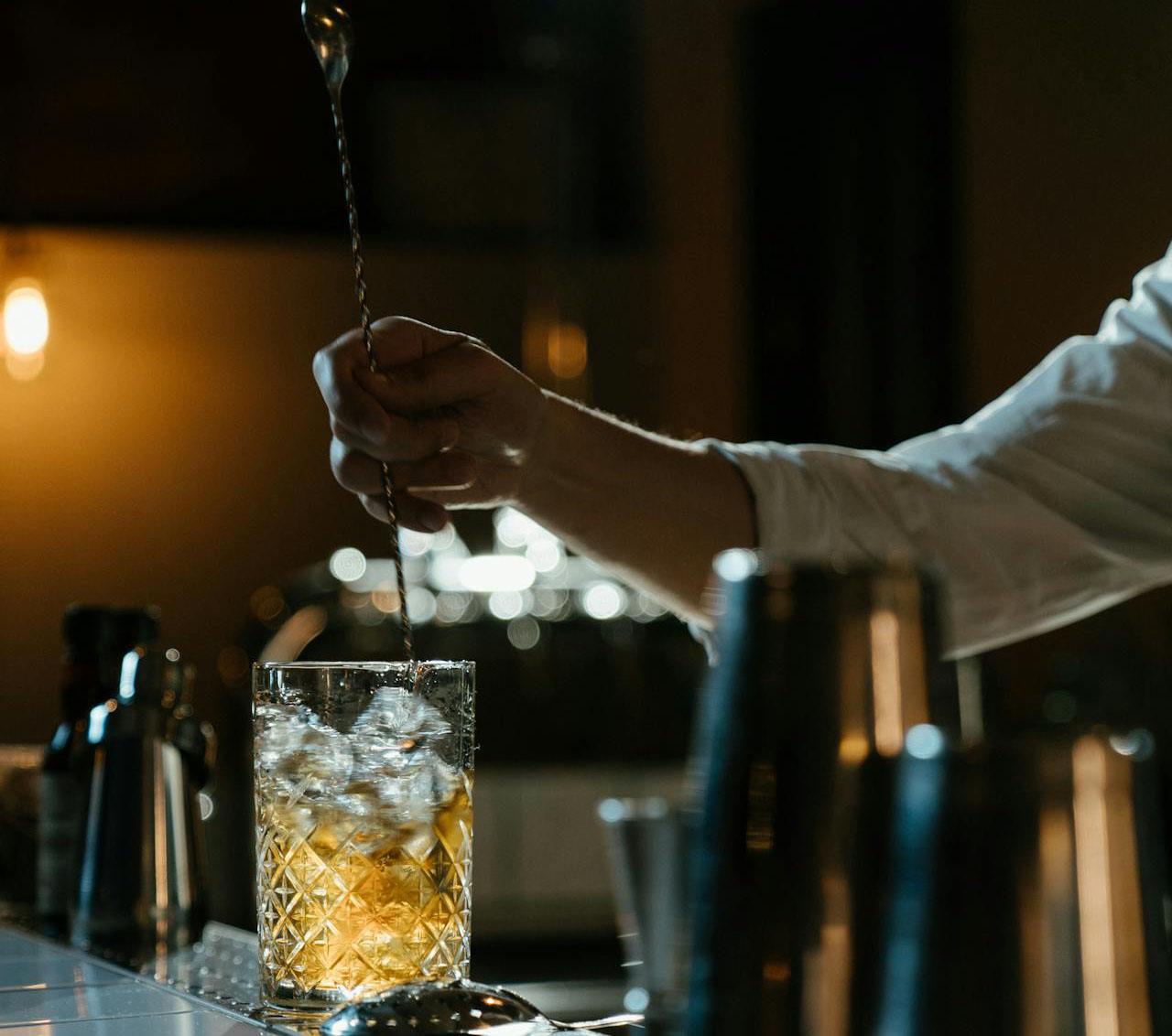
Muddling techniques play a pivotal role in the world of mixology, transforming ordinary cocktails into extraordinary libations. In this comprehensive guide, we will delve into the art of muddling, exploring diverse methods and their profound impact on cocktail flavor. Additionally, we’ll provide valuable insights on selecting the right muddler for specific ingredients, ensuring your concoctions are nothing short of perfection.
Exploring Muddling Methods
Hand Muddling: A Personal Touch
Hand muddling stands as the oldest and most traditional method in the bartender’s toolkit. It involves the artful process of crushing and pressing ingredients directly in the mixing glass. This hands-on approach allows for a nuanced control over the muddling process, influencing both texture and flavor extraction.
When employing hand muddling techniques, bartenders can exert just the right amount of pressure to release essential oils from herbs or gently crush fruits. The hands-on nature of this method ensures a personalized touch to each cocktail, making it a preferred choice for crafting bespoke drinks tailored to individual preferences.
Despite its artisanal charm, hand muddling has its pros and cons. The advantages lie in the bartender’s ability to control the intensity of muddling, but there’s a potential drawback in terms of consistency, especially in a high-volume setting.
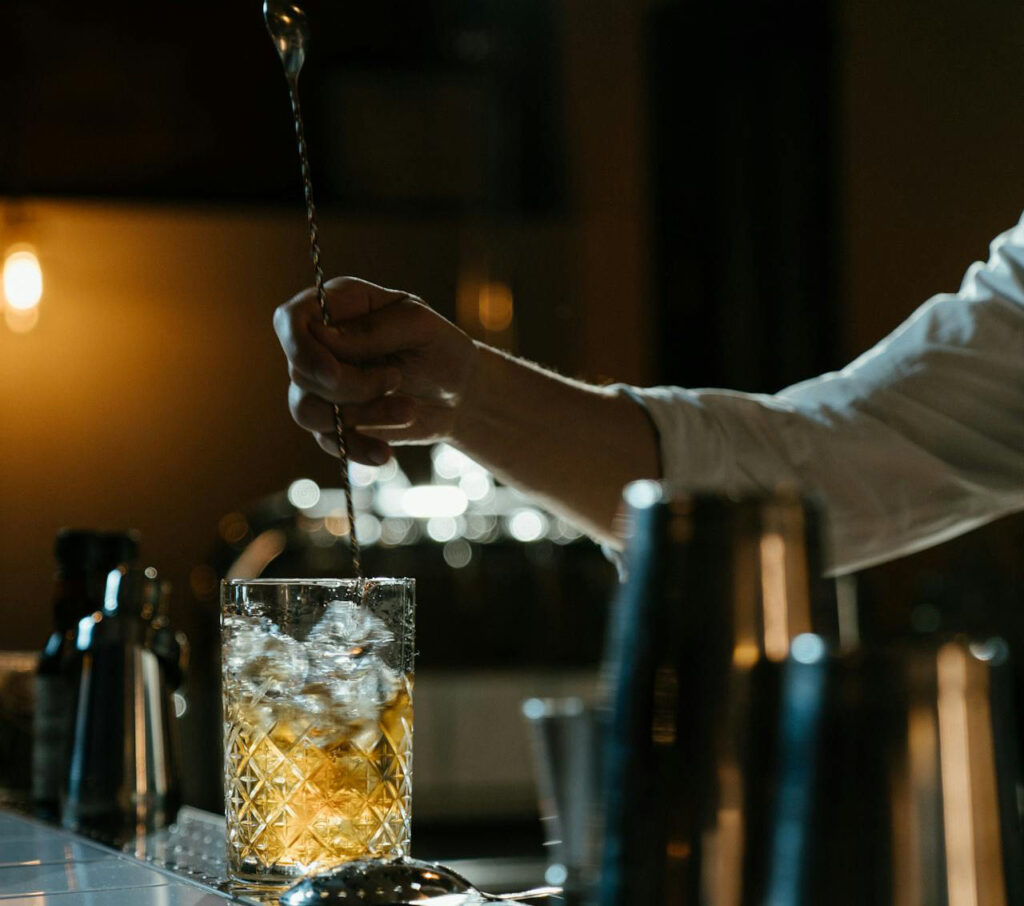
Wooden Muddlers: Nature’s Infusion
Wooden muddlers, crafted from various types of wood, bring a natural and earthy element to your cocktails. The choice of wood can significantly impact the flavor extraction process, making it crucial to select the right material for the task.
Oak, maple, and cherry are popular choices, each imparting unique characteristics to the muddling process. The porous nature of wood allows it to absorb and release flavors, subtly enhancing the overall taste of the cocktail. To maximize the potential of wooden muddlers, bartenders should follow best practices, such as proper cleaning and avoiding cross-contamination, to maintain the integrity of the wood.
While wooden muddlers offer a distinctive flavor profile, bartenders must be mindful of their usage to prevent unwanted flavors from carrying over between different cocktails.
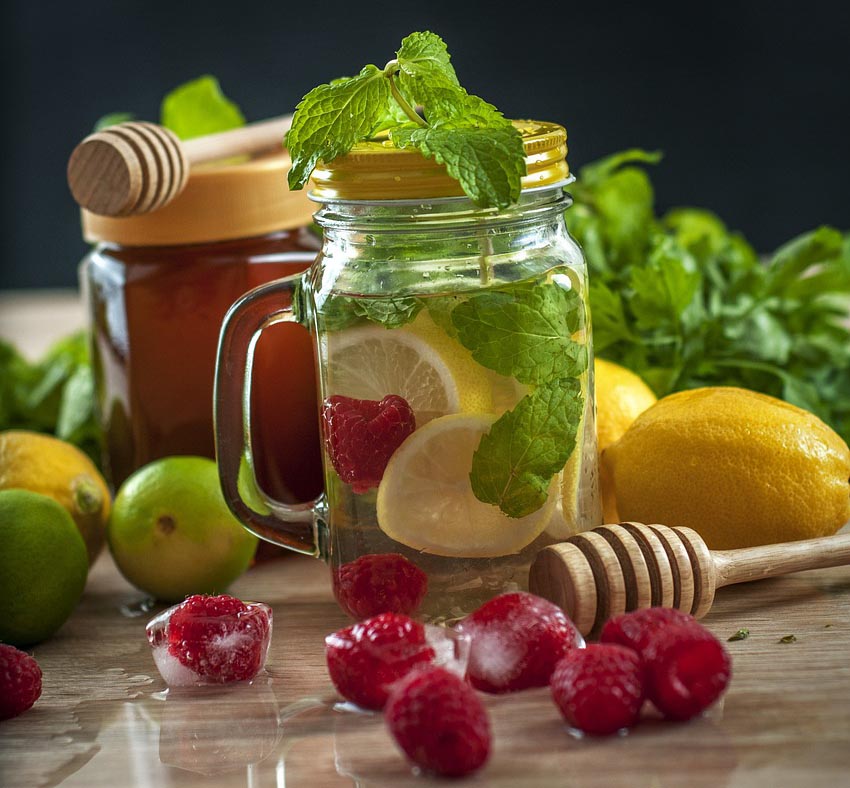
Stainless Steel Muddlers: Durability Meets Precision
For those who prioritize durability and hygiene, stainless steel muddlers are an excellent choice. The non-porous surface of stainless steel ensures a clean and sanitary muddling process, making it particularly suitable for high-traffic bar environments.
Stainless steel muddlers excel in precision, allowing bartenders to exert controlled pressure without compromising the integrity of the ingredients. This method is ideal for scenarios where consistency and efficiency are paramount, ensuring that each cocktail is crafted with meticulous attention to detail.
However, the non-absorbent nature of stainless steel means it lacks the flavor-enhancing properties found in wooden muddlers. Bartenders must weigh the trade-offs between durability and the subtle infusion of natural flavors.
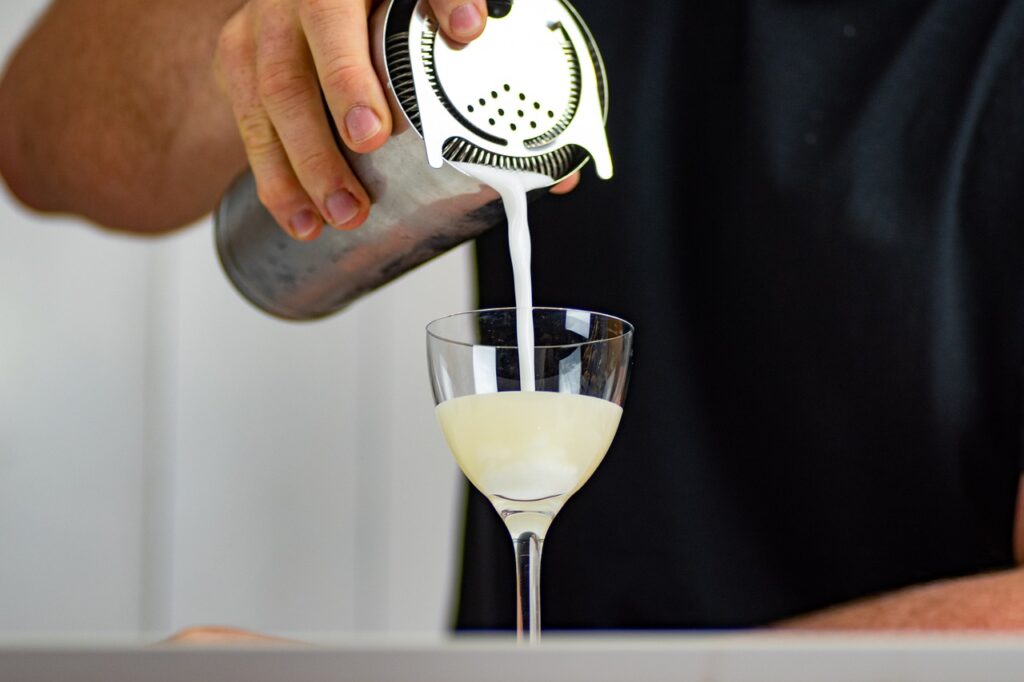
Nylon and Plastic Muddlers: Versatility with a Modern Twist
Nylon and plastic muddlers have gained popularity for their versatility and modern aesthetic. The use of these materials aligns with environmental considerations, providing a sustainable alternative to traditional options.
These muddlers are particularly suitable for cocktails where the focus is on delicate herbs and fruits. The non-reactive nature of nylon and plastic ensures that the muddler won’t alter the flavors of the ingredients, making it a reliable choice for a wide range of cocktails.
While nylon and plastic muddlers offer versatility, bartenders should be mindful of long-term durability and maintenance. Regular inspection and replacement are necessary to avoid any compromise in performance.
Impact on Cocktail Flavor
Herb and Fruit Muddling: Unleashing Freshness
Muddling herbs and fruits introduces a burst of freshness and aroma to cocktails. Techniques for muddling herbs vary, with delicate crushing methods preserving the essence of delicate leaves and extracting essential oils for more aromatic varieties.
The choice of muddling method can significantly impact the flavor profile. Hand muddling may be preferred for delicate herbs, while wooden muddlers could complement the infusion of woody notes. Understanding these nuances allows bartenders to craft cocktails that showcase the vibrant essence of herbs and fruits.
Balancing sweetness and acidity is crucial when incorporating fruits, and the muddling technique plays a key role in achieving the desired flavor equilibrium.
Spice Infusion: Warming Up Your Libations
Muddling spices opens up a realm of possibilities for creating uniquely spiced cocktails. Carefully selecting and muddling spices allows bartenders to control the intensity of the spice infusion, adding depth and complexity to the drink.
Experimenting with popular spices like cinnamon, cloves, and cardamom can result in signature spice-infused cocktails. Bartenders must exercise caution during the muddling process to avoid overpowering the drink with strong spice flavors.
Spice-infused cocktails offer a warming and comforting experience, making them particularly appealing in colder seasons.
Bitters and Sugar Muddling: Crafting Complexity
Bitters and sugar are integral components in many cocktails, and muddling them introduces a layer of complexity to the flavor profile. Understanding the role of bitters and sugar in muddling allows bartenders to create well-balanced and nuanced drinks.
Different types of bitters contribute unique flavors, from citrusy and herbal to more intense and aromatic profiles. Muddling sugar or syrups requires a delicate touch to achieve sweetness without overwhelming the other components of the cocktail. Mastering the art of muddling bitters and sugar opens up a world of possibilities for crafting sophisticated and multi-dimensional cocktails.
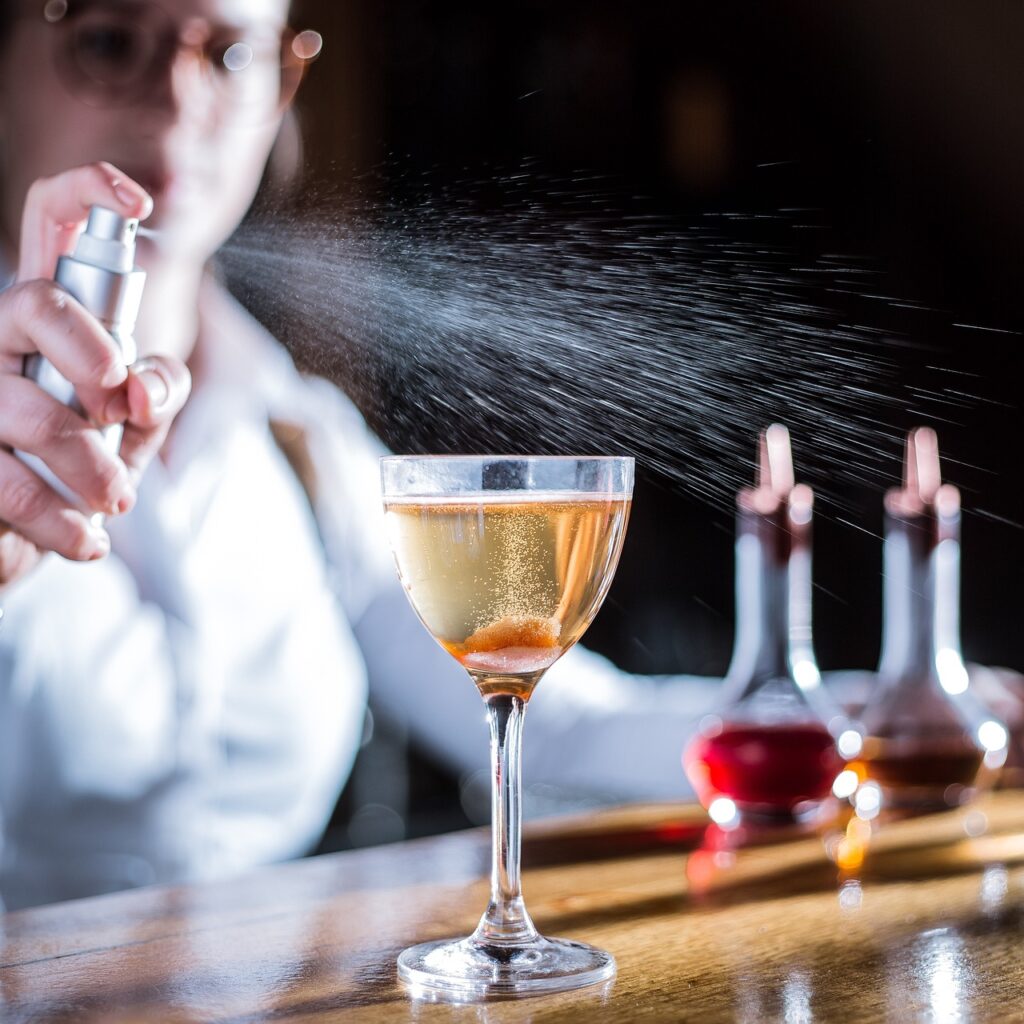
Tips on Choosing the Right Muddler
Matching Muddlers to Ingredients: A Balancing Act
The success of a cocktail often hinges on choosing the right muddler for the ingredients at hand. Understanding the compatibility between muddler materials and specific components of a cocktail is crucial for achieving the desired flavor profile.
For delicate herbs, wooden or nylon muddlers may be preferred, while stainless steel muddlers excel in precision for spices and tougher ingredients. Bartenders should consider the unique requirements of each cocktail recipe when selecting the appropriate muddling tool.
Ergonomics and Comfort: A Seamless Experience
Beyond material considerations, the ergonomics and comfort of a muddler play a pivotal role in the muddling process. Bartenders should choose muddlers that fit comfortably in hand, providing a seamless and enjoyable muddling experience.
Evaluating the grip and usability of a muddler ensures that it can be wielded with precision, especially in a fast-paced bar setting. An ergonomic muddler not only enhances the bartender’s efficiency but also contributes to the overall enjoyment of the craft.
Maintenance and Durability: Sustaining Excellence
The longevity and performance of a muddler are closely tied to maintenance and durability. Proper cleaning and care routines vary depending on the material—wooden muddlers require different considerations than their stainless steel or plastic counterparts.
Regular inspection of muddlers ensures that they remain in optimal condition, preventing any potential compromise in performance. Investing in durable muddlers and adhering to recommended maintenance practices is essential for sustaining excellence in cocktail crafting.
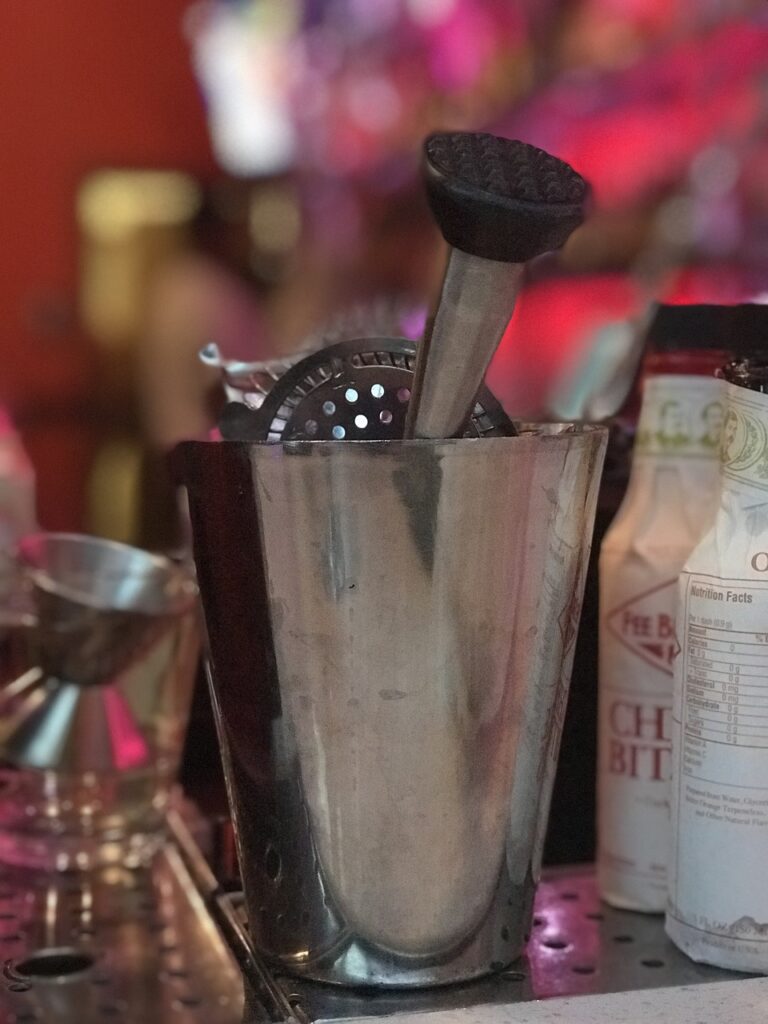
Elevate Your Cocktails with Precision and Flavor
In the world of mixology, muddling techniques serve as the unsung heroes, elevating cocktails to new heights of flavor and complexity. From the traditional hand muddling methods to the modern versatility of nylon and plastic options, each muddler brings its unique characteristics to the bartending arsenal.
Understanding the impact of muddling on cocktail flavor allows bartenders to wield these tools with precision, creating drinks that delight the palate and leave a lasting impression. As you embark on your mixology journey, consider the nuanced art of muddling—a fundamental technique that bridges the gap between ordinary and extraordinary libations.
